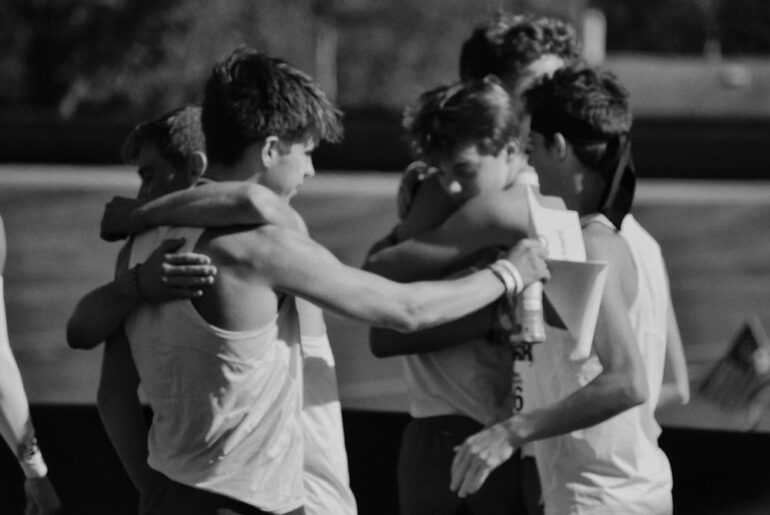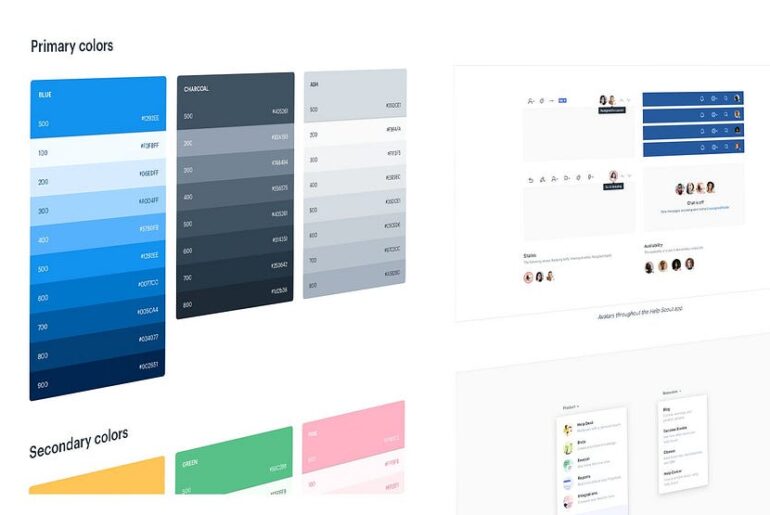Who knew that reading a raised eyebrow or a slouched posture could make you a better designer?
Beyond the Design Tools
As designers, we often focus on sharpening our technical skills: mastering Figma, perfecting typography, or finding that elusive color palette that just works. But what if I told you there’s one skill — completely unrelated to design — that can level up your entire career? No, it’s not Photoshop shortcuts or better kerning techniques.
It’s body language.
Yes, body language.
The ability to read non-verbal cues, understand unspoken signals, and communicate more effectively through observation is an underrated superpower for designers. Whether you’re in a user interview, presenting designs to a client, or simply collaborating with your team, understanding body language can transform how you work. Here’s why.
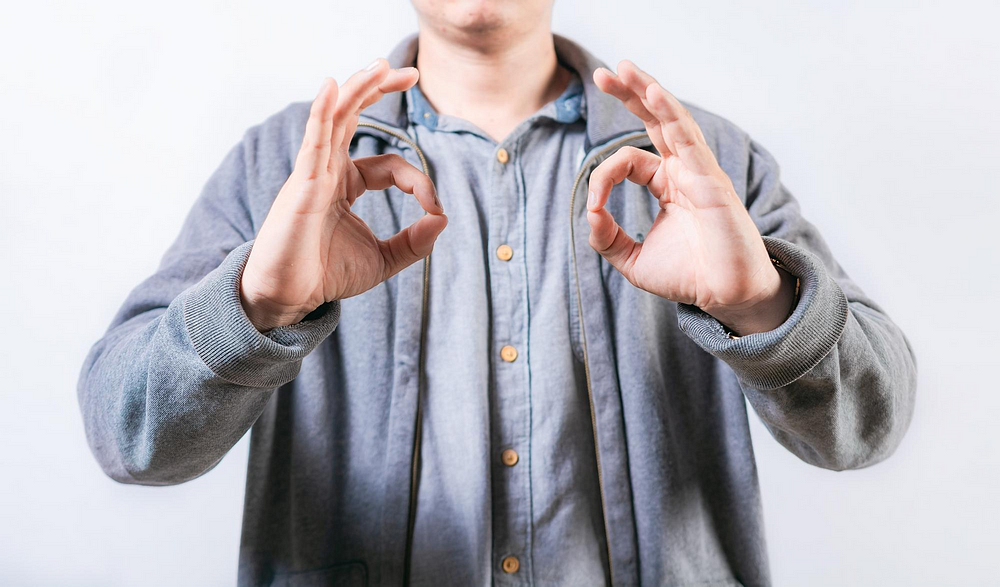
The Power of Body Language: Why It Matters
I didn’t realize how important body language was until I stumbled across a book called The Definitive Book of Body Language. At first, I thought it was just a fun read full of quirky facts, but the next week, during a client meeting, I started seeing those “fun facts” play out in real time. The way the client leaned forward when engaged or crossed their arms when skeptical — it all clicked.
Suddenly, I wasn’t just hearing their words; I was understanding their emotions, hesitations, and excitement on a deeper level. It made the conversation smoother, more productive, and ultimately more successful. And that’s when it hit me: body language is a game-changer, especially for designers.
Here’s why: as designers, we don’t just create visuals; we solve problems for real people. Whether you’re conducting user tests, pitching a concept, or even navigating feedback from a difficult client, being able to read the room (literally) gives you an edge.
How Body Language Transformed My Communication
Understanding body language changed the way I approached conversations. I could sense when a client was uncomfortable and adjust my tone or presentation style accordingly. I learned when to push my ideas forward and when to let someone take a breather before revisiting a suggestion. It also helped me avoid missteps — like mistaking silence for agreement or missing signs of frustration during feedback sessions.
For example, imagine pitching a bold new design concept to a skeptical client. Before, I might have steamrolled through my presentation, missing subtle signs of discomfort. But with body language, I can catch those furrowed brows or slight frowns and pause to address concerns right away.
It’s not about being perfect; it’s about being present and adapting in the moment.
From Junior Designer to Product Manager: The Bigger Picture
Today, as a Product Manager, body language is an indispensable tool. During team meetings, I can spot when someone is holding back an opinion or when a team member feels triggered by a comment. It helps me foster a healthier, more collaborative environment by addressing tensions before they escalate.
But the benefits extend beyond meetings. When working with stakeholders, understanding their non-verbal cues allows me to gauge how well my message is landing. Are they nodding along, or are their eyes glazing over? It’s like having a cheat code to navigate complex conversations more effectively.
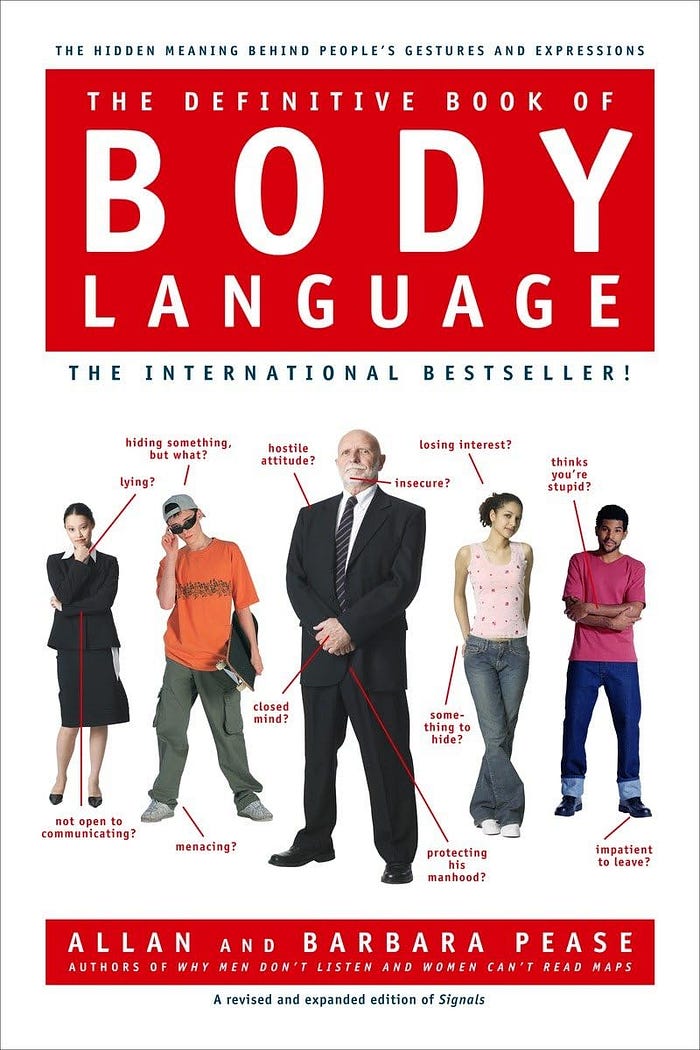
How to Develop This Skill (And Why You Should Start Now)
The good news? You don’t need a special course or years of experience to start honing your body language skills. Here’s how you can get started:
- Read the Classics: Start with books like The Definitive Book of Body Language. It’s packed with practical insights and tips to help you decode non-verbal communication.
- Observe Without Speaking: The next time you’re in a meeting or social event, resist the urge to jump into conversations. Instead, focus on observing people’s body language. Notice their posture, gestures, and expressions — you’ll be surprised by how much you can pick up.
- Practice in User Tests: If you’re conducting user interviews or usability tests, pay close attention to participants’ non-verbal reactions. Are they leaning in, or do they seem hesitant? These cues can reveal insights that go beyond their verbal feedback.
And here’s the kicker: almost 80% of what we perceive in a conversation is based on body language, not words. By tuning into this unspoken aspect, you can communicate more effectively and build stronger connections.
What I Wish I’d Known as a Junior Designer
If I could go back in time, I’d tell my younger self one simple thing: speak less and observe more. When you walk into a room, don’t rush to share your ideas or opinions. Give others space to express themselves, not just through their words but through their body language. You’ll gain a better sense of the room’s dynamics and how to navigate them.
Back then, I struggled with understanding when feedback was genuine or when someone was frustrated but holding back. I missed cues that could have helped me address issues before they became bigger problems. Developing this skill earlier would have saved me a lot of second-guessing.
Why Junior Designers Overlook This Skill
The truth is, many junior designers don’t see the need for body language skills. They’re often focused on smaller, task-oriented work like mockups or wireframes and might not spend much time in client meetings or user testing sessions.
But even within a team, understanding body language can make collaboration smoother and more effective. Imagine knowing when a teammate is confused or overwhelmed before they even say a word — it’s a small thing that can make a big difference.
A Funny Misstep (We’ve All Been There)
There was one time early in my career when I completely missed the mark. I had a meeting with a client who was nodding enthusiastically as I explained my design choices. I thought I’d nailed it. I mean, their head was bobbing like they were listening to their favorite song! Then came the plot twist: they leaned back, shrugged, and said, “Well, I don’t love it, but let’s move on.” My brain short-circuited.
Wait, what?
Turns out, the nodding wasn’t agreement — it was just polite filler, the body language equivalent of a polite “mhm.” Lesson learned: just because someone looks like a bobblehead doesn’t mean they’re on board. Context matters, and so does asking for clarification before celebrating your “victory.”
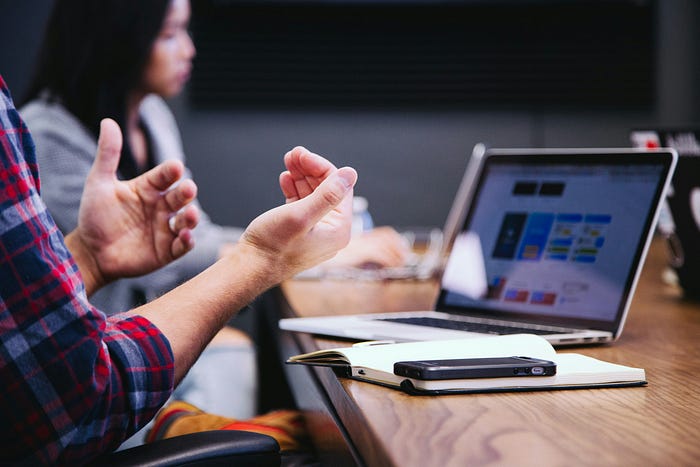
The Designer’s Secret Weapon
Body language might not be the first skill that comes to mind when you think of design, but it’s a game-changer. It helps you connect with clients, understand your audience, and navigate team dynamics with finesse. And the best part? It’s a skill you can start developing today.
So, to all the junior designers out there: don’t just focus on what people say. Pay attention to what they don’t say. Observe, adapt, and remember — it’s not about being perfect; it’s about being present. Who knew that reading a raised eyebrow or a slouched posture could make you a better designer?
And when in doubt? Stack your calendar, overestimate your deadlines, and always keep a sense of humor about the chaos.
You’ve got this 💪.


